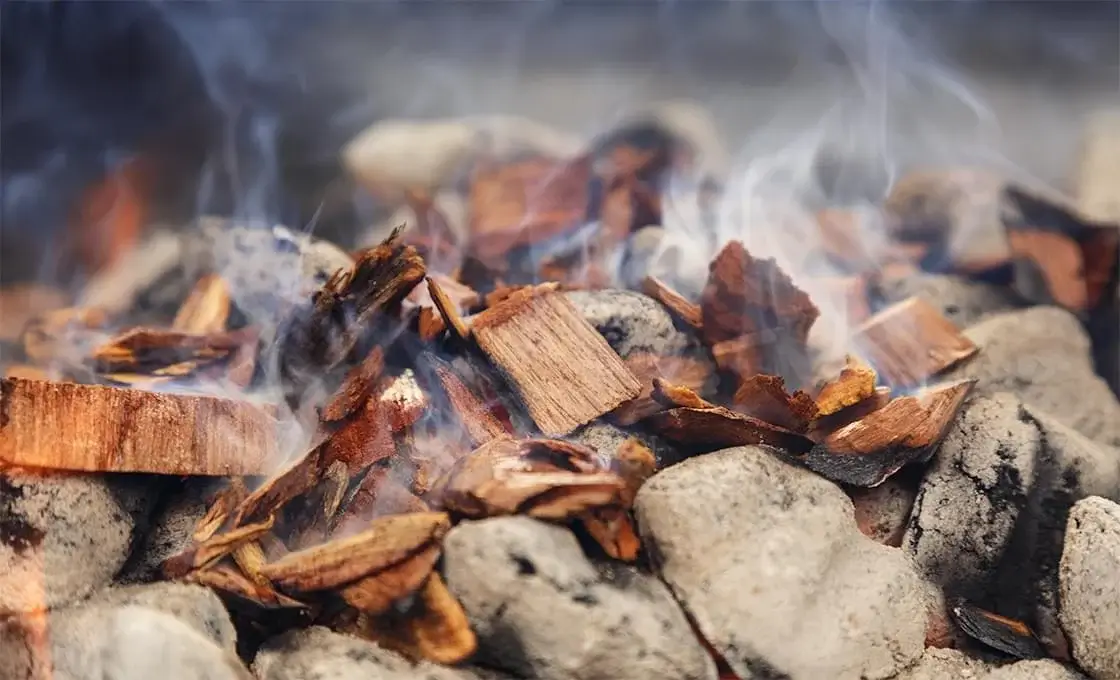
Sunterra Outdoor Is Your Pathway To Grilling Perfection.

Tips For Using a BBQ Smoker
Smokers are relatively easy to use, but compared to charcoal or gas grills, they do need a little more ability and patience during the cooking process. The following section is all about how to use a
“Backyard Smoker”. Professional BBQ Smoker competitors use much more refined equipment and performance that can last a full day or more. As we all know professional BBQ Smoker competitors are very serious about their barbecue. Some smokers are even towed behind a truck. The following information on using a “Backyard Smoker” is for the weekend BBQ warrior who relishes and enjoys cooking for family and friends.
Types of Backyard Smokers
There are many types of smokers. Ours is the Offset Dry Smoker style. You can easily find Barbecue Smokers that will fit on a porch or deck in a suburban environment. Please refer to more information in our Offset Dry Smokers section.
The Smoking Process
The smoking process is different from grilling. Smoking uses a low heat and a longer cooking cycle Those elements are the keys to success. Grilling requires higher temperatures, perhaps 400 degrees and above. Smoking consists of consistent temperatures that are usually in the 200 to 275-degree range. For large cuts of meat, a general rule to follow is that it takes about 1 to 1.5 hours of smoking for each pound of meat. Cooking time varies based on the exact temperature, type of meat and the type of smoker.
Cooking time will also extend if you are regularly opening the smoker. In comparing to grilling you will open the smoker only a few times to turn the meat and make sure there are no flare-ups. Temperatures are lower as the meat is further away from the heat source. Flare-ups are not common and the need to turn to turn the meat is only about one to two times during the cooking cycle. Each time you open the smoker door heat escapes and the cooking duration extends. Refer to our How Long Does it Take to Smoke Meat Guide to get a better understanding for cooking/smoking times.
Depending on how you prefer your beef, general temperature guidelines are:
We suggest that you purchase and use a good meat thermometer to determine when your meat is ready. The U.S. Food and Drug Administration, advises that you should cook meats to safe temperatures as follows:
Cook clams, mussels, and oysters until their shells open. This means that they are done. Throw away the ones that didn’t open.
We focus on building customer relationships, not sales, by offering great products and great service.
[contact-form-7 id=”27a28d3″ title=”Call for price form”]
